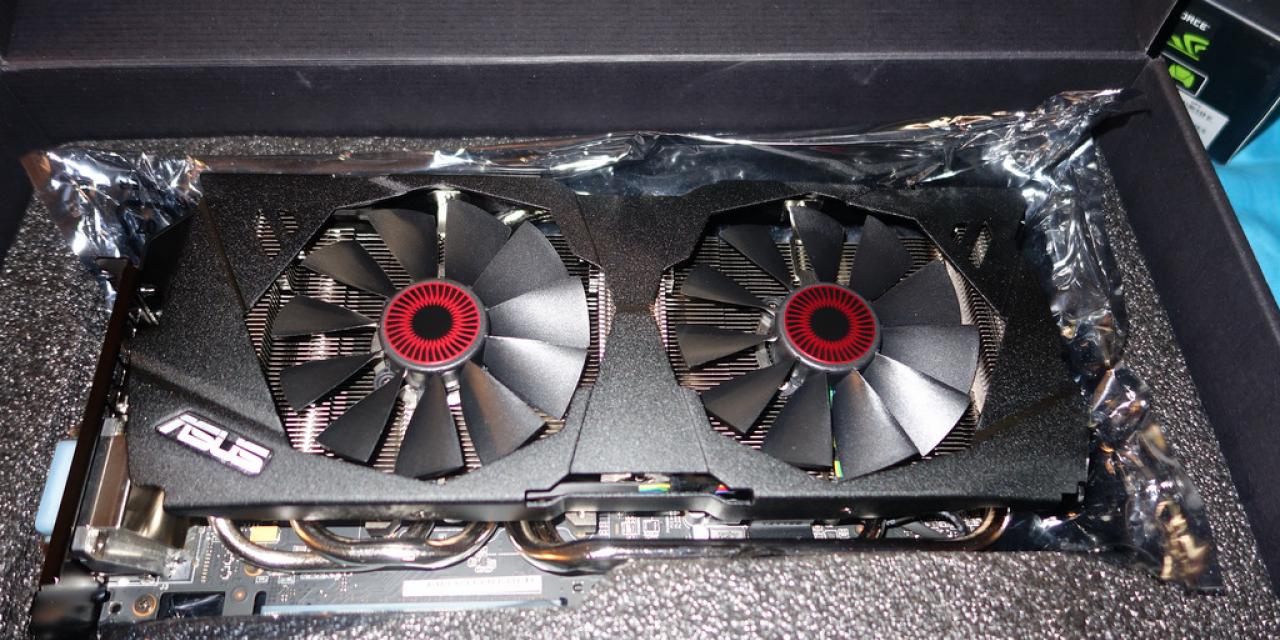
Older gamers among you may remember the days of the mid-00s where Ageia popularized the idea of a brand new add-in card for handling in-game physics using its PhysX software and hardware. It was a novel idea that was swiftly picked up by both major graphics card companies and incorporated into the GPUs themselves. Nvidia even bought Ageia a few years later and leveraged PhysX as part of its own graphics hardware.
We aren't returning to those days of add-in cards for future AI, but one suggestion has been that current-gen graphics cards could be a great solution and could work in tandem with upgraded graphics cards to render gaming experiences of the future.
The Games Developer Conference this year has seen two big developments in gaming hardware/software: Raytracing and AI through machine learning. The latter is where your old (current) graphics card comes in.
As PCGamesN points out, this might sound far-fetched, but Intel too is getting in on the act, developing high-end discrete graphics cards that are built on its own Intel HD technology. That division is being headed up by ex AMD graphics lead, Raja Koduri, so it's clearly taking the development seriously. Intel is unlikely to be able to go to toe to toe with AMD and Nvidia in traditional graphics, but when it comes to offering an affordable second card to accelerate AI, maybe it can.
Then again, maybe they're all just hoping you'll use those second graphics cards for mining and offset the inflated costs of the new cards in the first place?
Image: Jorge Figueroa/FlickrM








